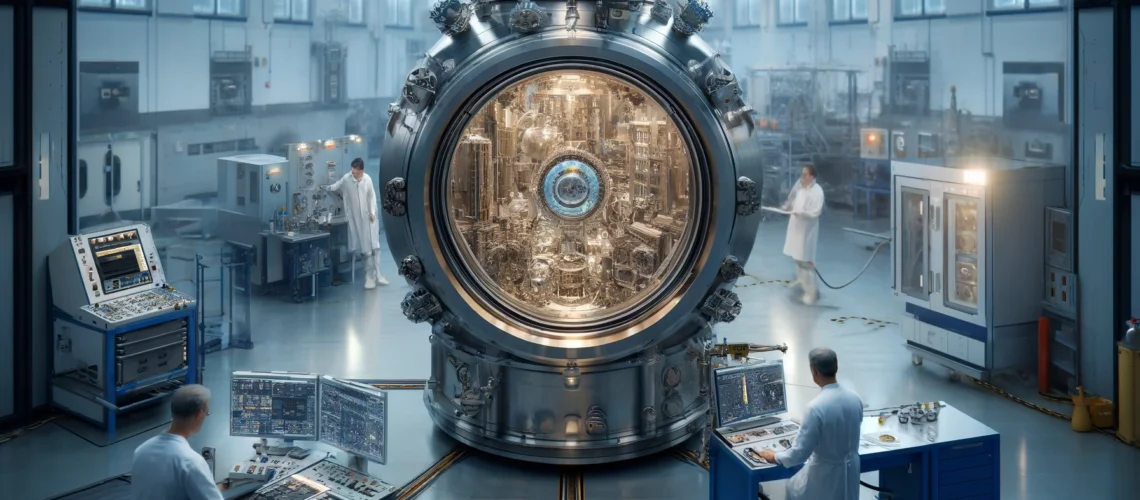Vacuum sealing, a process used to remove air from a package before sealing it, has evolved significantly since its inception. The technique is commonly used to preserve food, protect sensitive electronics, and in various industrial applications. However, extremely low vacuum sealing, which involves creating vacuums with pressures much lower than standard vacuum sealing methods, is opening new frontiers in scientific research and advanced technology sectors. This advanced vacuum sealing technique is pivotal in fields such as aerospace, microelectronics, and high-precision manufacturing, offering unprecedented levels of control and preservation.
In the aerospace industry, extremely low vacuum sealing plays a crucial role in the development and testing of spacecraft and satellite components. The environment of outer space is a near-perfect vacuum, and simulating these conditions on Earth is essential for ensuring that components will function correctly once deployed. Extremely low vacuum chambers are used to test the integrity and performance of materials and assemblies under space-like conditions, including extreme temperatures and radiation. By using this advanced sealing technology, aerospace engineers can detect potential failures and address them before actual deployment, thereby increasing the reliability and longevity of space missions.
The microelectronics sector benefits significantly from extremely low vacuum sealing, particularly in the production of semiconductors and microchips. These components require an ultra-clean environment to prevent contamination by dust or moisture, which can lead to defects and reduced performance. Extremely low vacuum sealing ensures that the production environment is free from such contaminants, thereby improving the yield and quality of microelectronic devices. Additionally, this technology is critical in the packaging of these components, ensuring that they remain uncontaminated and functional during transportation and storage.
In high-precision manufacturing, extremely low vacuum sealing is indispensable for processes that demand exceptional accuracy and cleanliness. For example, in the production of high-precision optical components, such as lenses and mirrors used in scientific instruments and medical devices, even the smallest particle of dust can cause significant defects. Extremely low vacuum environments prevent such contaminants from affecting the manufacturing process, ensuring that the final products meet stringent quality standards. Moreover, this level of vacuum sealing is also used in the production of advanced materials, such as graphene and carbon nanotubes, where any impurities can alter the properties and performance of the material.
Extremely low vacuum sealing applications are at the forefront of technological advancement, providing critical support to industries that require meticulous control over their production environments. As technology continues to evolve, the demand for such precise vacuum sealing solutions is expected to grow, driving further innovation in vacuum sealing technologies. These advancements will not only enhance the capabilities of current industries but also pave the way for new applications and breakthroughs in science and engineering.

